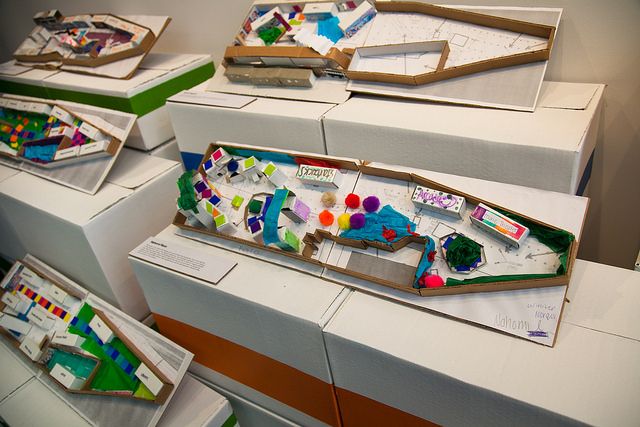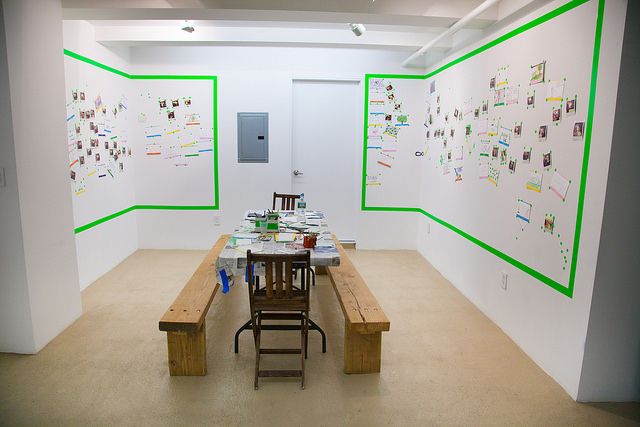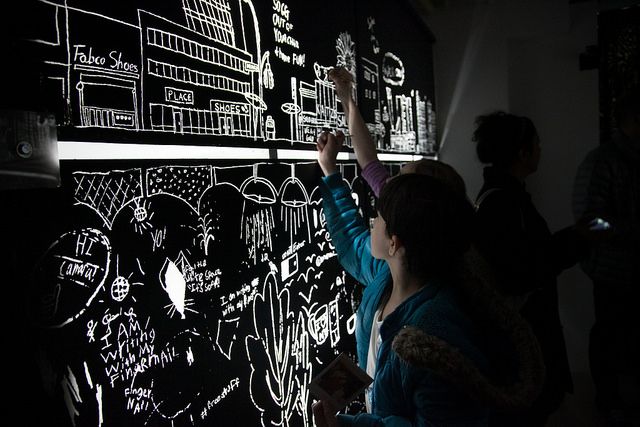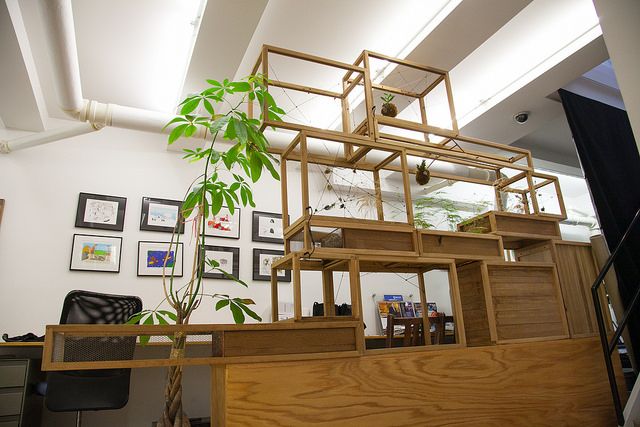Celebrate St. Patrick’s Day in NYC 2025
Discover 10 ways to celebrate St. Patrick's Day in NYC this year, from eye-opening tours to Irish treats!


If you’re curious about how The Lowline is evolving, we’ve news for you. On Sunday February 9th, the Mark Miller Gallery at 92 Orchard Street opened its doors for the first free public installation of the Young Designers Program, an extension of the project. The exhibit focuses on several student-built 3-D models that display a variety of design ideas, both fictional and feasible, for the city’s future, first, and only subterranean park.
The month-long exhibit also offers an opportunity for the community to share ideas—photos, drawings, commentary, etc—on park composition and aesthetic. It’s proving to be an engaging, creative way for people in and beyond the neighborhood to have input on how the long-retired trolley station ought to be reused as a public space. The image below includes some of the student models that are part of the exhibit.

Image via Andrew Einhorn for The Lowline
Upon entering, there’s background information on the beginning and evolution of the Lowline, conceived by James Ramsey of Raad Studio, and Dan Barasch. There’s also an audio component where people can listen to different perspectives and commentary about why the project is important. Downstairs there’s a small workspace for students, a wall for photos and feedback, and finally the Scratch Box, a canvas for the community to illustrate ideas.

Image via Andrew Einhorn for The Lowline

Image via Andrew Einhorn for The Lowline
The Young Designers Program is the next stage of the project’s evolution, and includes a partnership with three community-focused educational and social service organizations: Educational Alliance, Henry Street Settlement, and the University Settlement. One great thing about this relationship is that it helps students understand process, teaching them about the city’s transit history, while curating their understanding of how space can be re-envisioned. In giving middle school students residing in and around the Lower East Side agency, the program is dually purposed; it shows them that boundaries mustn’t always exclusively restrict, while giving them a platform on which to enact ideas of design fiction that could be distilled into real possibilities.

Each student worked from a template and dove deep into their imagination to create a network of innovative and sometimes fantastical versions of the park. To many students, the idea of bringing different types of people together and creating a space that’s full of “fun and thoughtful activities” was important.
Some more practical students sprinkled libraries, stores, clubhouses, and information centers into their miniature park-worlds. Others envisioned amusement or waterparks—“because we can manipulate the environment.” A few even inserted treehouses. Who wouldn’t want to visit a park that had a treehouse underground? One of our favorites: the student who envisioned a fantasy world comprised entirely of guilt-free chocolate. Who says a park can’t have innovative technologies and be delicious?
Subscribe to our newsletter